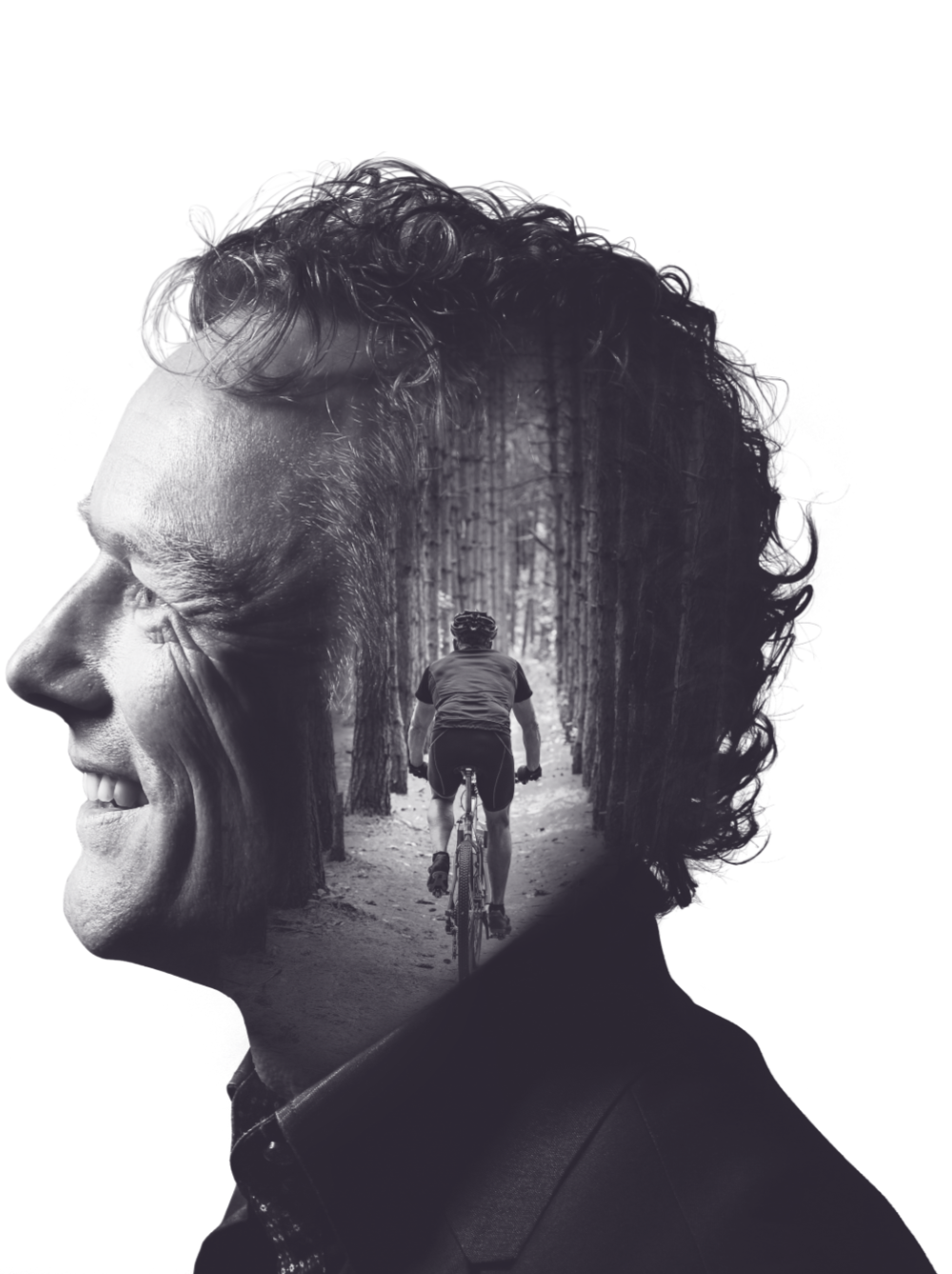Emotions evolved because they served a purpose – they helped us survive.
Anxiety’s purpose was to make us run from danger. Sadness’s purpose was to gain succour from others, disgust to stop us being poisoned, and happiness to attract mates.
And then there is anger, a more complex emotion with a less obvious purpose.
The black American poet Maya Angelou said that you should be angry but not bitter because bitterness ‘eats upon the host’. Instead, she says, you should avoid bitterness and use the anger by taking action of some kind.
Aristotle had said something similar – Anybody can become angry — that is easy, but to be angry with the right person and to the right degree and at the right time and for the right purpose, and in the right way .. is not easy.
Angelou and Aristotle speak sense, neuropsychologically speaking. Deprived of a clear goal and a specific target of the emotion, anger is like a car engine disconnected from its wheels – its revving becomes a useless whine which makes the car rattle and shudder but go nowhere. In striving for some grip, this inward-directed energy revs faster and faster because there is no resistance from the road.

And here is the real sting – anger and anxiety have more-or-less the same bodily symptoms of beating heart, dry mouth, sweaty palms and twisting stomach. Anger that is not connected to the engine of action leads to a spiralling torment where anger morphs into anxiety and anxiety into anger and so on until you face the risk of Angelou’s ‘cancer of bitterness’.
Research shows that people who have suffered a severe trauma – say a road accident – may not recover emotionally if they are angry about what has happened to them. Rather than gradually recovering over the years, many get worse, because their anger and anxiety resonate together in a toxic feedback loop that spawns an almost constant negative emotional state.
To be angry about generalities of injustice or unfairness– whether global or highly personal – risks releasing such a virus of negative emotion through your body and your days. Instead, you need to harness anger by getting clear in your mind something that you want a specific person or group to do, that is feasible. Then you are in the realm of confidence – action – and the goal focus that takes us out of ourselves into the future.
As Aristotle said, this must be done in the right way – anger does not have to be shouted, it can burn quietly behind – say in a potent silence after provocation or in the steely glint of an eye – and will be all the more powerful because of that.
This is because anger’s evolutionary purpose is as a negotiating tool; the angry dog’s low growl will soon quieten the wild yapping of its adversary, ending the fight before it begins and saving both dogs from injury.
The biggest source of anxiety in humans is the same as what makes us angry – other people’s actions. Anger that is properly harnessed, targeted and expressed is, in fact, an empowering, confidence-building, positive emotion that helps release you from anxiety.
But anger is as dangerous as it is a powerful tool and you need training to use it, otherwise it will injure you. So, if you are anxious about the uncertainties ahead – and particularly if you are also angry with someone – then harness these emotions into the redeeming outlet of action. Harnessed this way, anger can fuel your confidence and help you cross that bridge to the future.
Professor Ian Robertson is the Academic Partner at The Leadership High, Neuroscientist and author of the book How Confidence Works.

